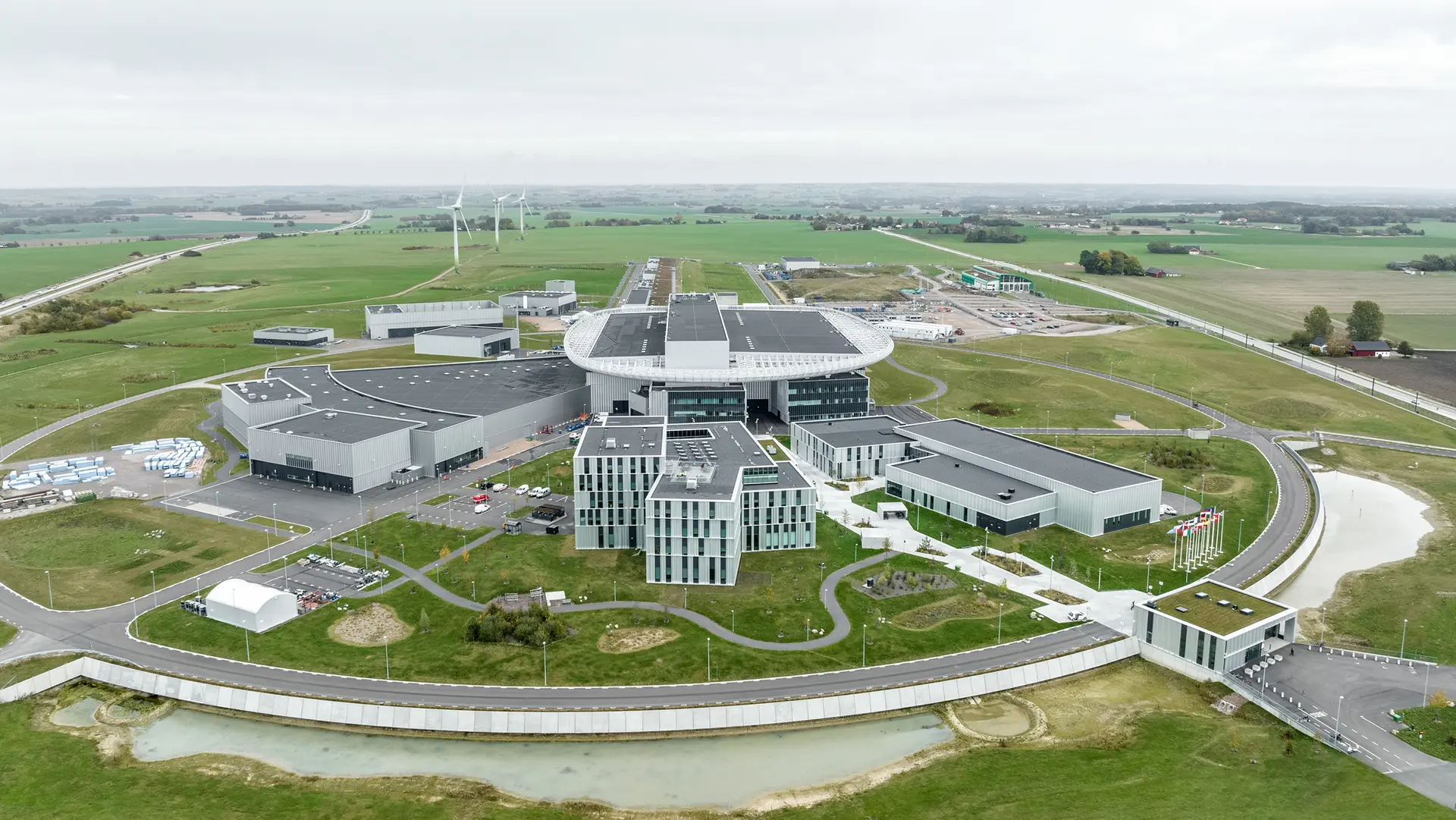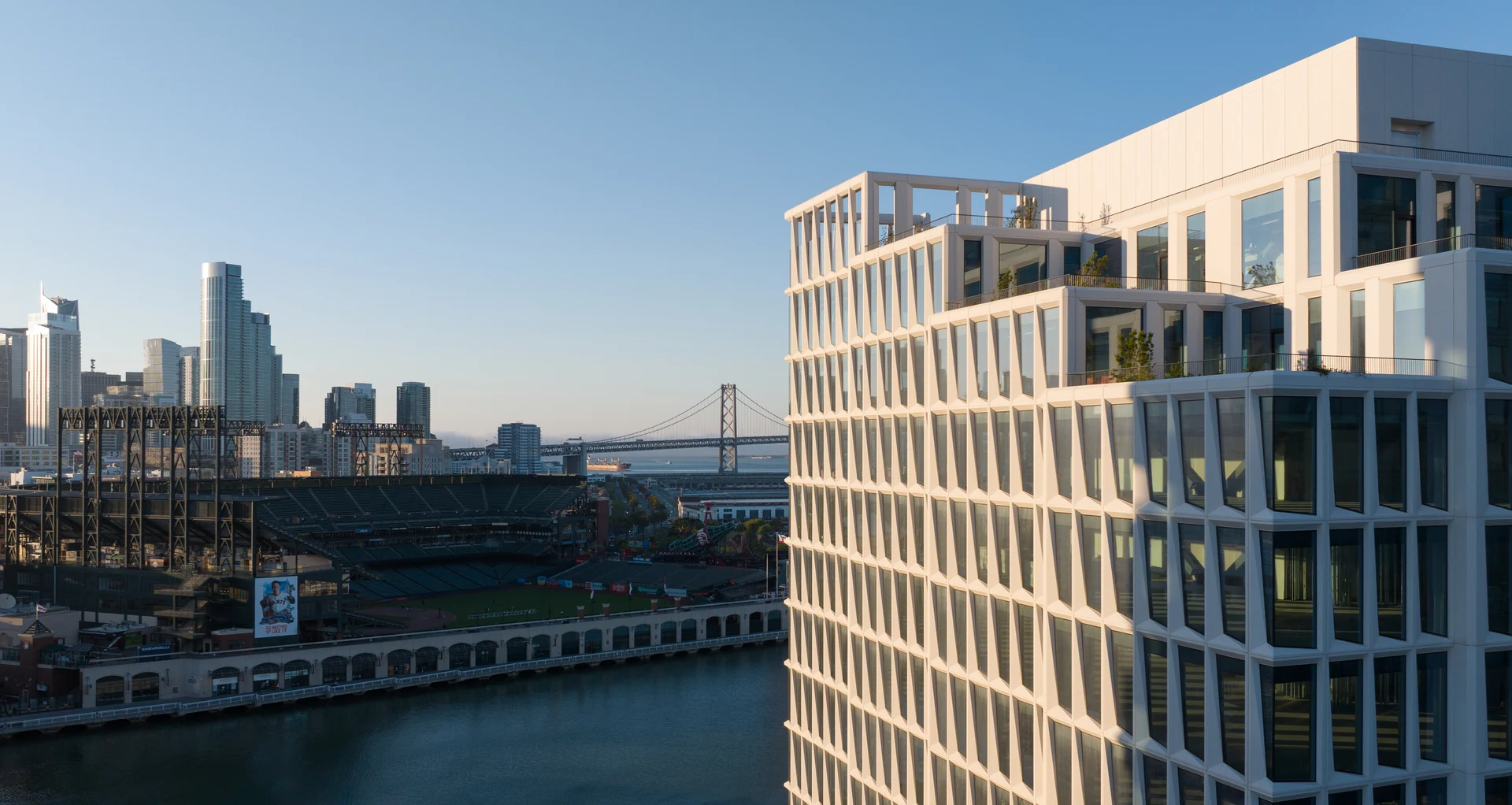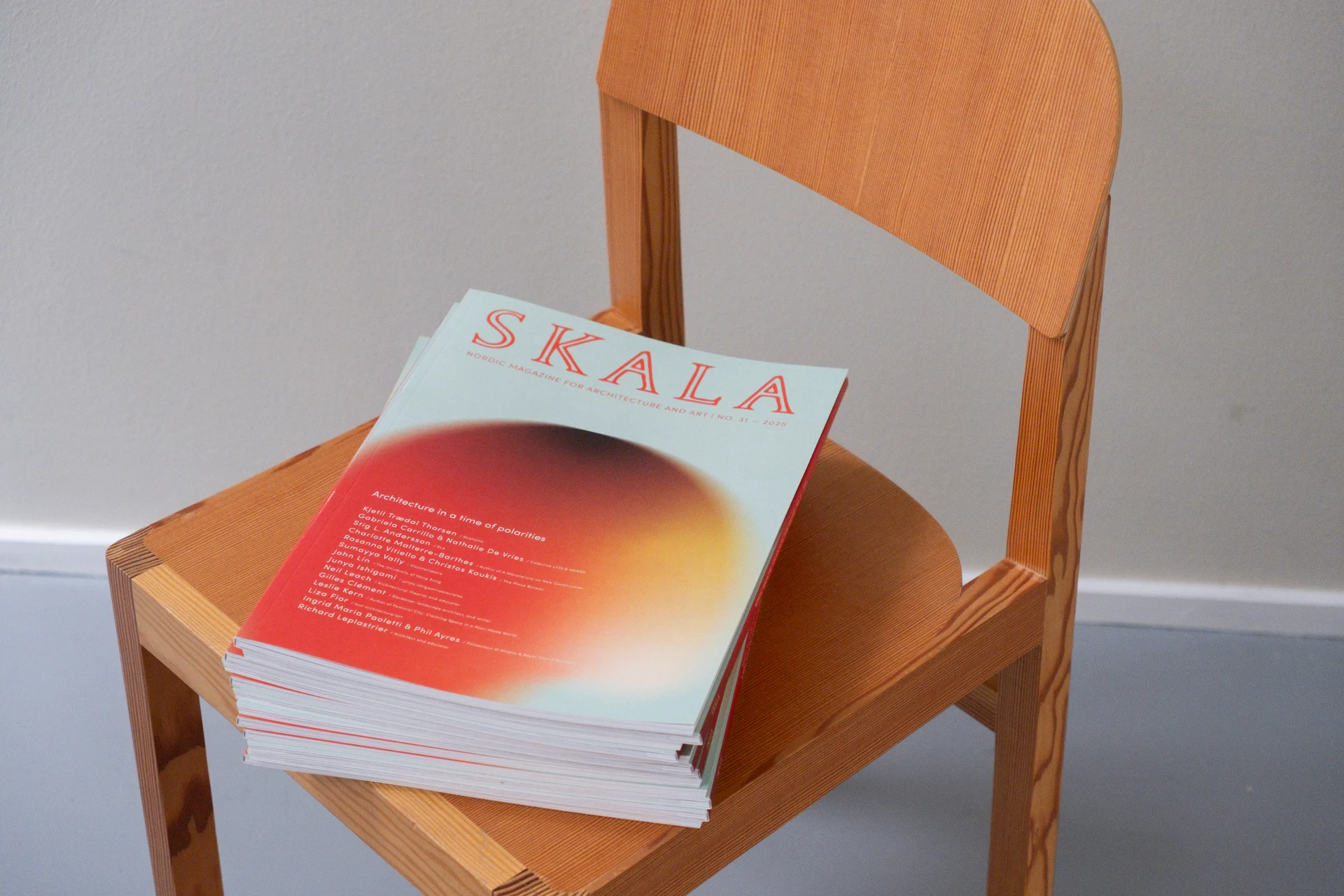The world’s largest facility for material research is taking its final form

The 120,000 m² European Spallation Source in Lund, Sweden, is taking its final form after 10 years of construction and will soon be welcoming researchers from material science, chemistry, biology, and physics as an international hub of world-renowned scientists and the future home of the most powerful accelerator-based neutron source.
Just within a few years the first experiments are expected to start at ESS, studying isolated neutrons to gain a more comprehensive insight into the molecular structure of materials, hoping to find solutions to society’s most pressing issues including new materials, sustainable energy sources, and the environment.
"People, nature, and science are the interconnected and interdependent elements of ESS that are crucial to the success of the campus. The technology at the heart of the European Spallation Source will enable researchers to answer advanced scientific questions within physics, chemistry, geology, biology, and medicine – with the aim of enabling exciting breakthroughs in areas such as energy storage and environmental remediation”, says Jakob Strømann-Andersen, Director of Innovation and Sustainability, Henning Larsen.
In collaboration with Cobe and SLA, our design of the facilities materializes as a harmonious blend of aesthetic and sustainable considerations integrated with the precise technical fundamentals of advanced atomic science.
“Prioritizing the experience of the international scientists who will work on the campus was a significant priority for the design team, ensuring their environment is life-centric and supportive of their work. For example, designing space that encourages the creation of smaller communities within the sizeable campus, based on the belief that a good social life increases creativity and enables greater research. We are proud to lead a design team that has created the environment in which some of the world's most advanced minds will come together to solve the global crises we face", says Jakob Strømann-Andersen, Director of Innovation and Sustainability, Henning Larsen.
The ESS building is thought to become a social destination, inviting the larger community to take an interest in cutting-edge science. Developed and operated by a multinational European scientific coalition, the 74.2-hectare ESS site includes two core research facilities, a visitor’s center and a mixed-use residential and commercial neighborhood. The ESS delivers high-level research facilities in elegant, sustainable form – A future vision of architectural and scientific crossroads.
The European Spallation Source will be fully operational by 2027.



